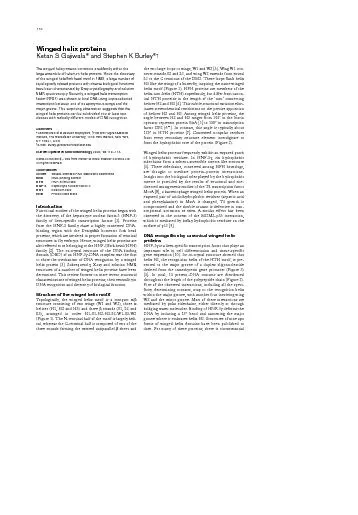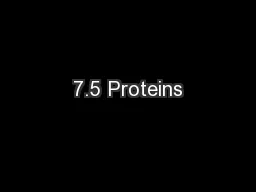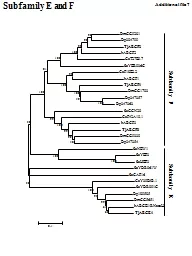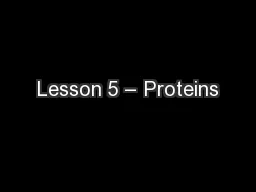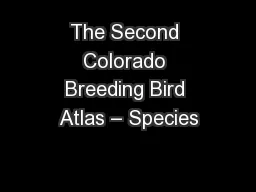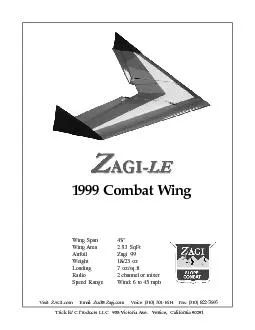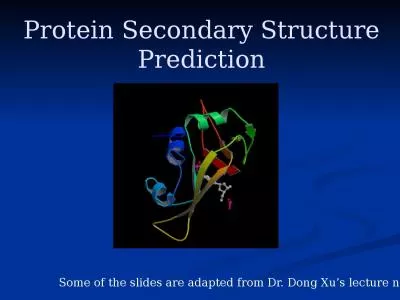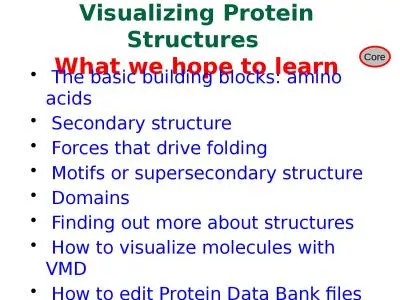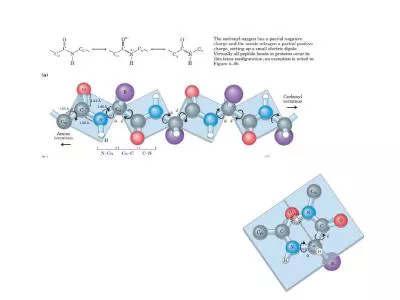PDF-The winged helix proteins constitute a subfamily within theof the wing
Author : min-jolicoeur | Published Date : 2015-12-08
Ketan S Gajiwala SBA115QXD 02172000 1211 Page 110 Winged helix proteins model for LexA interactions with DNA suggests an HNF3glike mode of DNA binding 12 The E2F
Presentation Embed Code
Download Presentation
Download Presentation The PPT/PDF document "The winged helix proteins constitute a s..." is the property of its rightful owner. Permission is granted to download and print the materials on this website for personal, non-commercial use only, and to display it on your personal computer provided you do not modify the materials and that you retain all copyright notices contained in the materials. By downloading content from our website, you accept the terms of this agreement.
The winged helix proteins constitute a subfamily within theof the wing: Transcript
Download Rules Of Document
"The winged helix proteins constitute a subfamily within theof the wing"The content belongs to its owner. You may download and print it for personal use, without modification, and keep all copyright notices. By downloading, you agree to these terms.
Related Documents

